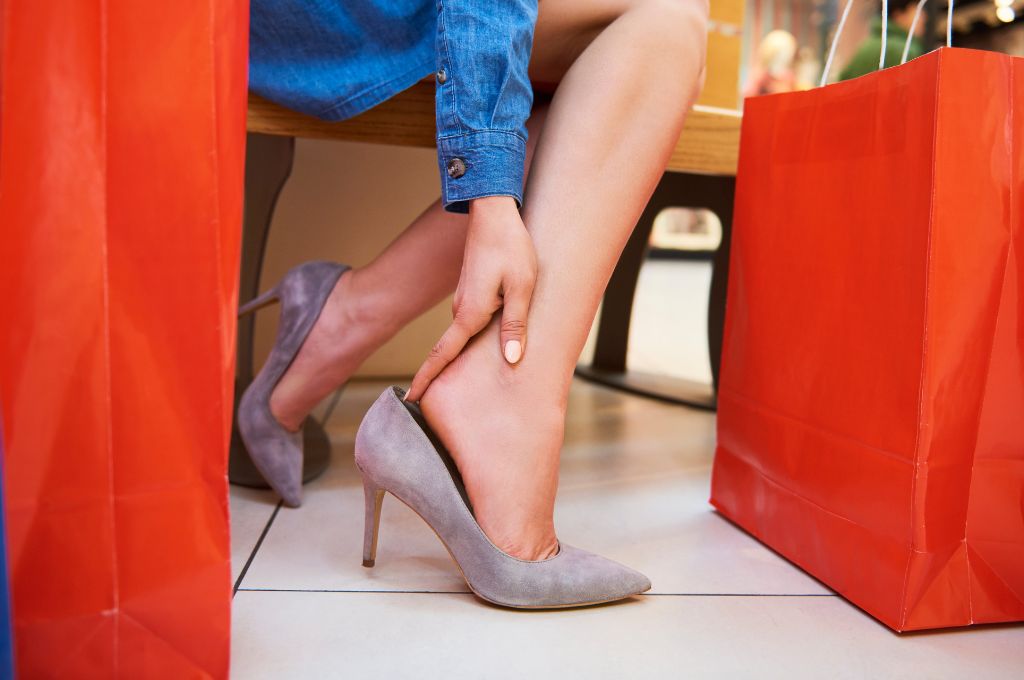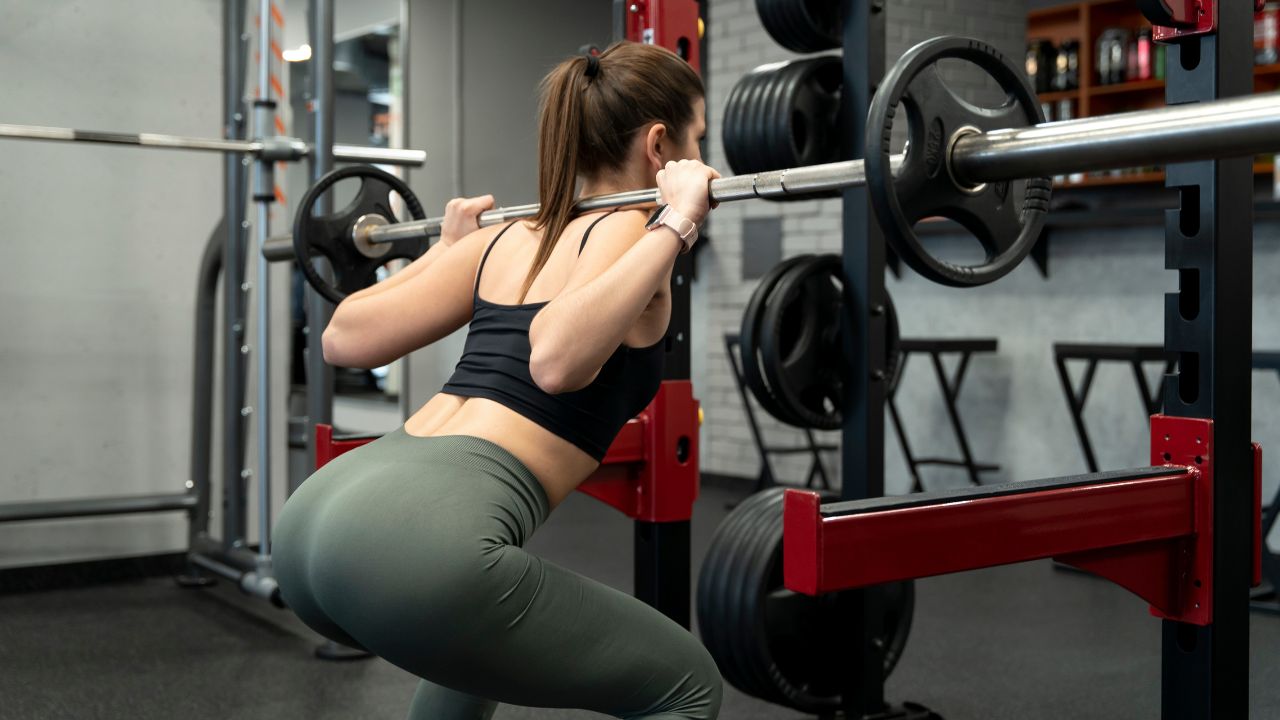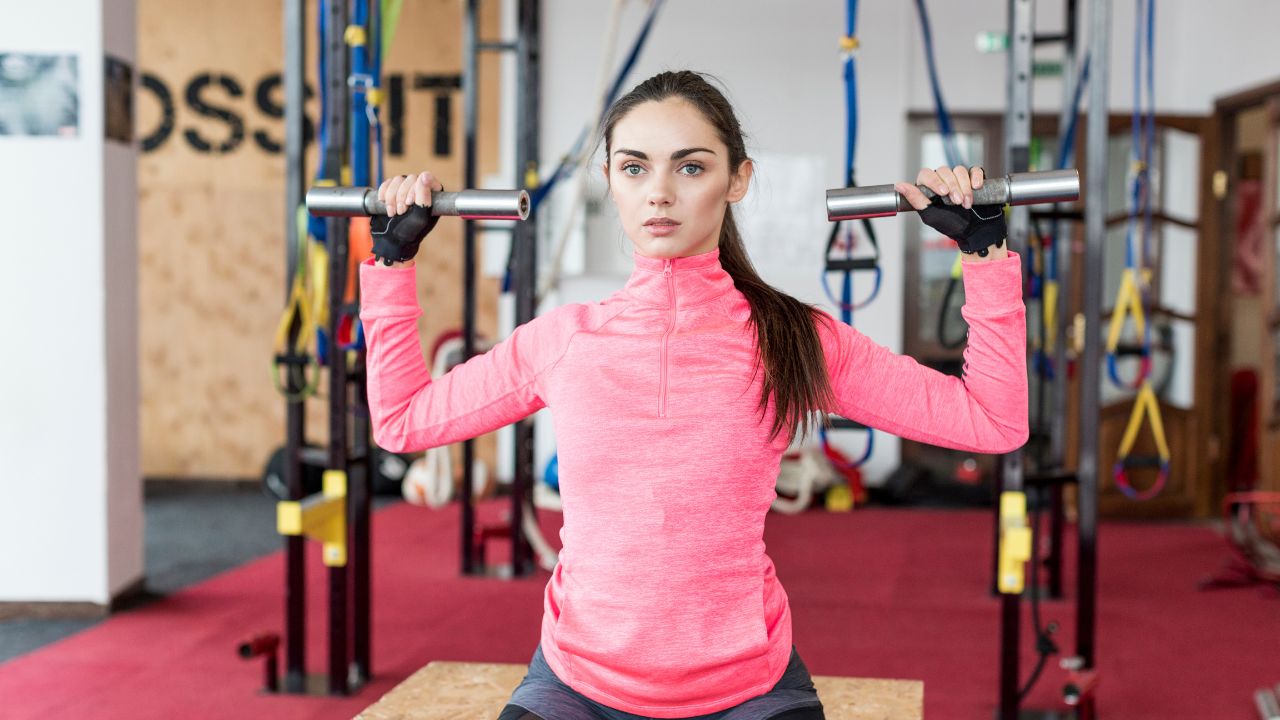Have you ever noticed that you tend to put all your weight on your heels? This is a common phenomenon that many people experience, yet few understand the underlying reasons behind it. From discomfort to posture problems, the way we distribute our weight can significantly impact our daily lives. In this comprehensive guide, we’ll delve deep into why we tend to favour our heels, exploring the physiological and psychological factors at play.
The Anatomy of Weight Distribution
Understanding the mechanics of weight distribution is crucial to deciphering why we lean towards our heels. Our body is a complex machine, and every movement involves a delicate balance of forces. When we stand or walk, our weight is naturally dispersed across various contact points, including the balls of our feet and heels. However, some individuals tend to put all the weight on their heels, causing imbalances that can lead to discomfort and even injury.
The heel is a crucial point of contact with the ground, providing stability and support during movement. However, when we consistently shift our weight to this area, it can disrupt the body’s natural alignment, leading to issues such as lower back pain and poor posture. Additionally, excessive pressure on the heels can result in discomfort and fatigue, making it harder to maintain proper form during activities like standing or walking.
Psychological Factors Influencing Weight Distribution
While the physical aspects of weight distribution are important, it’s also essential to consider the psychological factors contributing to our tendency to put all our weight on our heels. Our posture and movement patterns are often influenced by subconscious thoughts and emotions, which can manifest subtly throughout our daily lives. For some individuals, leaning back on their heels may be a subconscious response to feelings of insecurity or anxiety, as if they’re trying to retreat from the world around them.
Moreover, cultural norms and societal expectations can also shape our posture and movement habits. In some cultures, standing tall with your shoulders back is seen as a sign of confidence and assertiveness, while slouching or hunching forward may be perceived as weakness. As a result, individuals may unconsciously put all their weight on their heels to project an image of strength and self-assurance, even if it comes at the expense of their physical comfort.
The Impact of Footwear on Weight Distribution
Our choice of footwear can significantly impact how we distribute our weight while standing or walking. In today’s society, where fashion often takes precedence over function, many people opt for shoes that prioritize style over support. High heels, in particular, are notorious for encouraging a heel-centric gait, elevating the heel and shifting the body’s centre of gravity forward.
For individuals who frequently wear high heels, putting all their weight on them can become ingrained over time, leading to chronic issues such as plantar fasciitis and Achilles tendonitis. Flat shoes that lack proper arch support can contribute to poor weight distribution, as they fail to provide the necessary cushioning and stability for the feet. To mitigate these risks, choosing footwear that prioritizes style and support and shoes that promote a more balanced gait and distribute weight evenly across the foot are essential.
Addressing Postural Imbalances Through Exercise
If you constantly put all your weight on your heels, it may be a sign of underlying postural imbalances that must be addressed. Fortunately, several exercises and stretches can help improve your posture and promote even weight distribution. One effective exercise is the calf stretch, which targets the muscles in the lower leg and helps alleviate tightness, contributing to heel-centric posture.
To perform this stretch:
- Stand facing a wall with your hands resting against it for support.
- Step one foot back, keeping it straight with the heel flat on the ground.
- Bend the front knee slightly, feeling a stretch along the back of the calf of the extended leg.
- Hold this position for 30 seconds, then switch sides and repeat.
Incorporating stretches like this into your daily routine can help correct postural imbalances and encourage a more balanced weight distribution across the feet.
Mindful Movement Practices for Improved Body Awareness
In addition to physical exercises, practising mindful movement techniques can help increase body awareness and promote more conscious weight distribution. Activities such as yoga and Tai Chi emphasize the importance of alignment and breath awareness, encouraging practitioners to move with intention and mindfulness. By tuning into the subtle sensations of the body, individuals can gain a deeper understanding of their movement patterns and make conscious adjustments as needed.
One simple yet effective mindfulness practice is body scan meditation, where you systematically focus your attention on different body parts, noticing any tension or discomfort areas. By bringing awareness to how you put all your weight on your heels, you can unravel the underlying habits and patterns contributing to this imbalance. Over time, mindfulness practices can help cultivate a greater sense of body awareness and empower you to make more conscious choices about moving and standing.
Seeking Professional Guidance for Persistent Issues

If you’ve tried various exercises and mindful practices but still find yourself putting all your weight on your heels, it may be time to seek professional guidance from a physical therapist or chiropractor. These healthcare professionals are trained to assess posture and movement patterns and identify any underlying issues contributing to your symptoms. Personalized treatment plans and hands-on interventions can help address muscular imbalances, improve joint mobility, and promote optimal alignment throughout the body.
Additionally, orthopaedic specialists can provide custom orthotics or shoe inserts to support proper foot mechanics and encourage more even weight distribution. Taking a holistic approach to health and wellness can address the root causes of heel-centric posture and help you regain balance and stability in your movement patterns.
The Role of Habit and Muscle Memory in Weight Distribution
Our bodies are remarkably adaptable and capable of adjusting to new movements and postures through muscle memory. However, this adaptability can sometimes work against us, leading to the reinforcement of unhealthy movement patterns. If you’ve been putting all your weight on your heels for an extended period, this behaviour may have become ingrained in your muscle memory, making it challenging to break free from the habit.
Breaking the cycle of heel-centric posture requires conscious effort and repetition. By consistently practising proper weight distribution and engaging in exercises that target the muscles involved in maintaining balance, you can gradually retrain your body to adopt a more neutral stance. Over time, these new movement patterns can become second nature, allowing you to move more easily and efficiently.
Exploring the Link Between Heel Weight and Emotional State
Our posture and movement patterns are closely intertwined with our emotional state, often serving as outward expressions of our inner feelings. For some individuals, putting all their weight on their heels may be a subconscious response to insecurity, fear, or stress. By leaning back on their heels, they create a physical barrier between themselves and the outside world, as if trying to protect themselves from perceived threats.
Recognizing the connection between posture and emotion is the first step toward fostering a deeper understanding of yourself and your movement habits. By cultivating greater self-awareness and practising techniques such as deep breathing and relaxation exercises, you can learn to manage stress and anxiety more effectively, reducing the urge to put all your weight on your heels as a coping mechanism.
Addressing Underlying Structural Issues Through Corrective Exercise
Sometimes, the tendency to put all your weight on your heels may be due to underlying structural issues, such as muscle imbalances or joint misalignment. Corrective exercise programs, designed by qualified fitness professionals or physical therapists, can help address these issues by targeting specific muscle groups and improving overall body mechanics.
Exercises that focus on strengthening the muscles of the feet, ankles, and core can be particularly beneficial for promoting more balanced weight distribution. By improving stability and mobility in these areas, you can reduce reliance on the heels for support and encourage a more evenly distributed stance. Additionally, incorporating exercises that target the posterior chain, such as deadlifts and bridges, can help improve overall posture and alignment, reducing the likelihood of heel-centric posture.
Conclusion
Embracing Balance in Body and MindIn conclusion, the tendency to put all your weight on your heels is a multifaceted issue that can stem from physical and psychological factors. By understanding the anatomy of weight distribution, exploring the psychological influences on posture, and making conscious choices about footwear and movement practices, you can unravel the mysteries behind heel-centric posture and reclaim balance in your body and mind. Remember, making positive changes and prioritizing your health and well-being is never too late.




